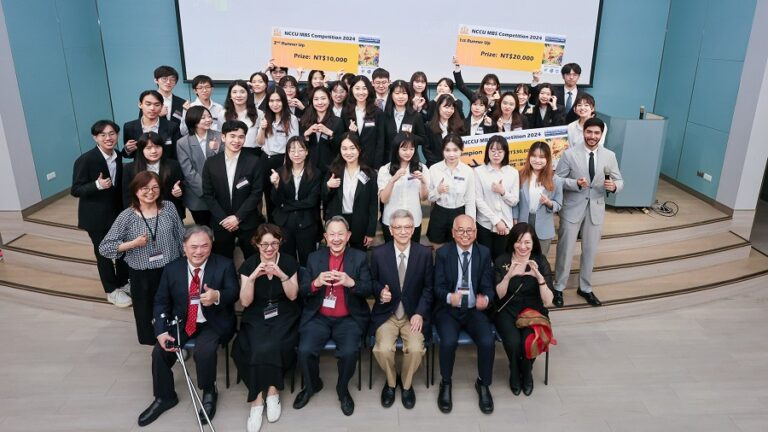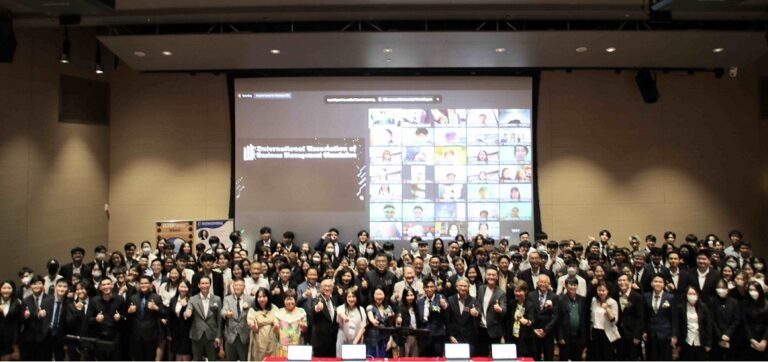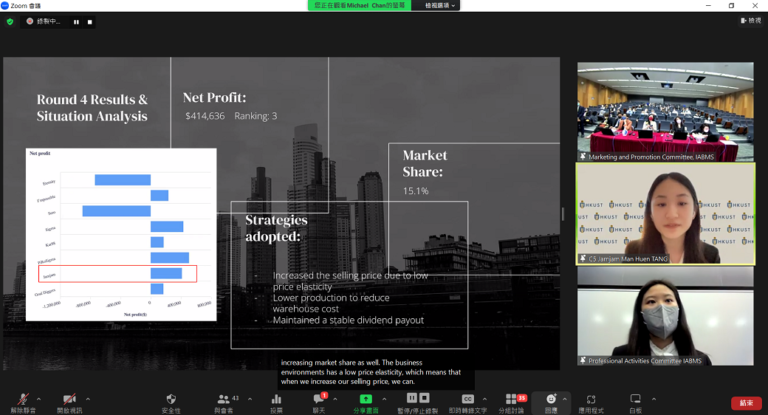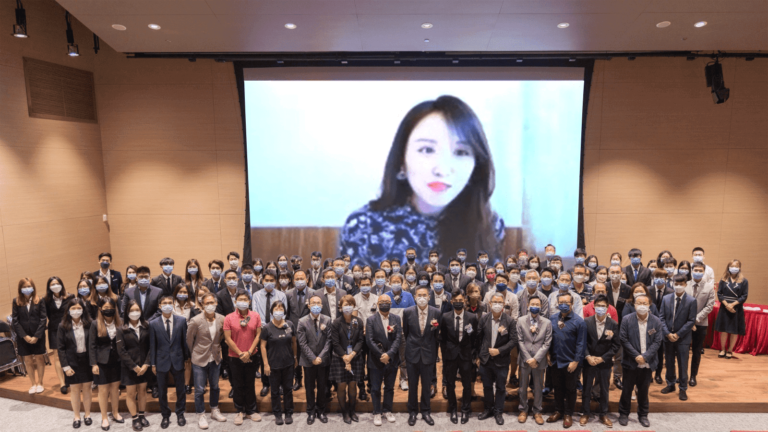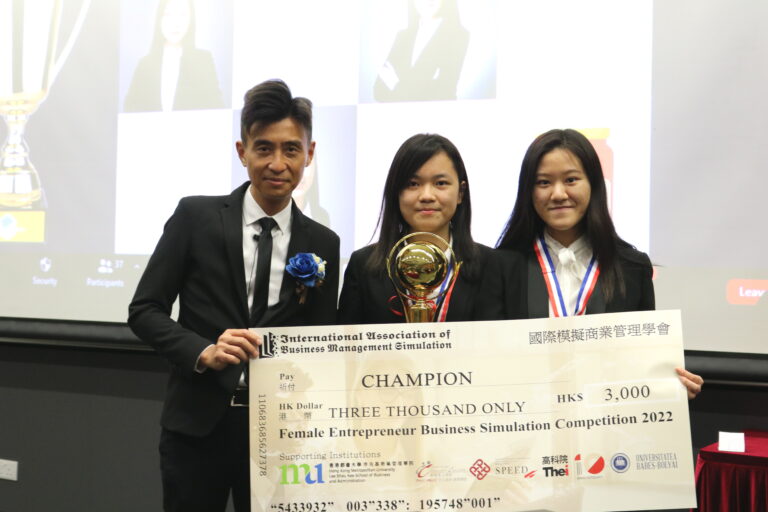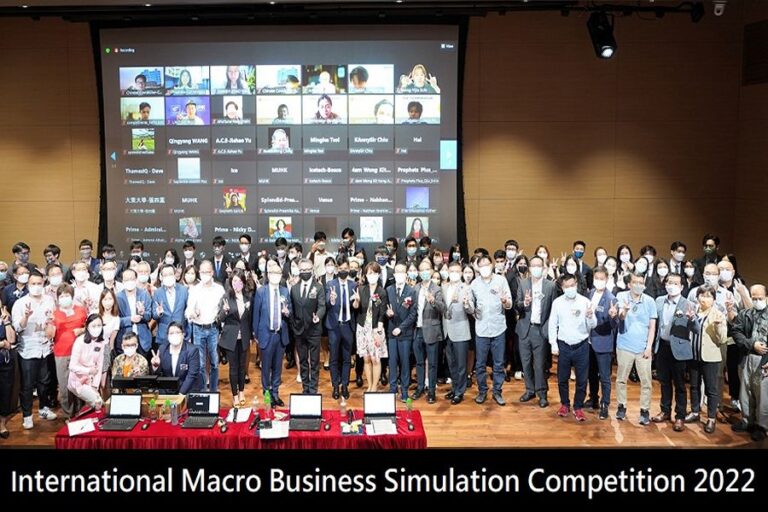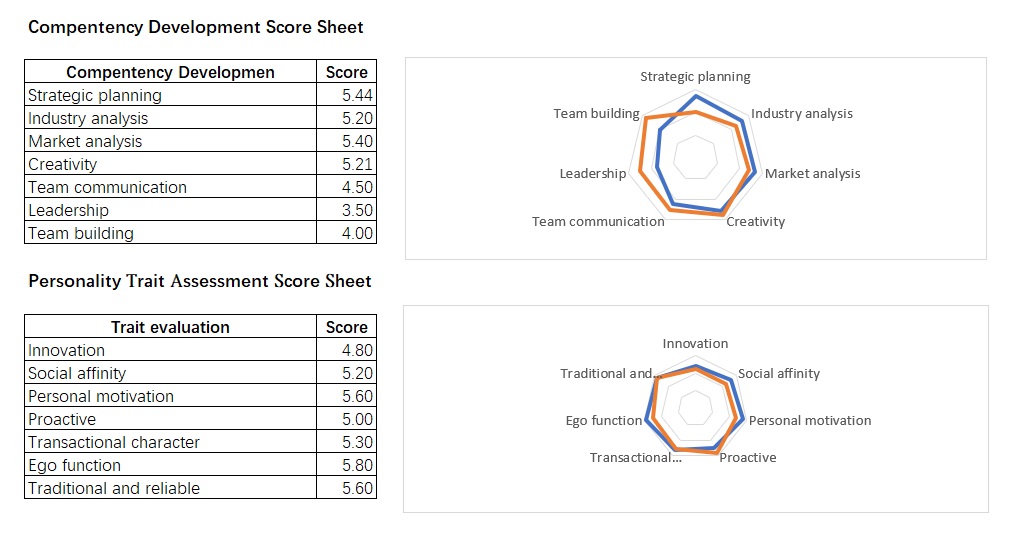
Development Background
In recent years, as modern management and human resource practices have advanced, various talent assessment techniques have been gradually introduced by businesses. These techniques have significantly shifted the focus from overemphasizing educational backgrounds or subjective judgments. Whether through resume analysis, job analysis, intelligence tests, psychological assessments, interviews, or assessment centers, companies have sought to use objective, systematic, and scientific research methods to assist in more effective development and utilization of human capital. Particularly in recent years, the concept of competency development has been widely adopted by businesses. Many HR websites have developed their assessment technologies to facilitate more effective communication between talent demand and supply. However, these assessments are primarily designed for entry-level professionals and severely lack assessments tailored to mid to senior-level executives.
To assist HR departments in organizations to use situational simulation methods and construct an assessment system and method to enhance organizational performance, executives can gain a better understanding of their strengths and weaknesses through assessment results, increasing their competitiveness in the workplace. Additionally, this will have an immediate and significant impact on the organization. Currently, the most important and challenging issue faced by the field of Human Resource Development (HRD) is the demands from organizations and all stakeholders for accountability. In this trend, HRD professionals must demonstrate their contributions and impact on overall organizational effectiveness with concrete outcomes. The system proposed is an assessment technology aimed at managerial competencies, suggesting the possibility of establishing a new assessment type. This helps HR departments determine whether employees’ competencies align with the organization’s needs, making it worthwhile for the organization to invest more resources. This is done through a situational group learning environment, using a structured test that combines managerial competencies, personality traits, and decision-making styles. Self-assessment questionnaires are conducted during the course of learning and can be supplemented with two mechanisms: peer assessment and observer assessment, helping HR management departments collect objective quantitative data on candidates and provide human resource strategies. Additionally, criteria are set for this measurement index, with the expectation that businesses can enhance their ability to identify human capital through this training and assessment mechanism, laying a solid foundation for human resource management mechanisms.
Objectives and Features
Business simulations are competitions that create scenarios and generate problems in the process of simulating business operations. Through role-playing and dynamic learning environments in competitions, participants can develop analytical skills, coordination, decision-making abilities, environmental analysis, interpersonal relationship management, and decision-making skills.
Simultaneously, through the integration of various assessment mechanisms, both quantitative and qualitative data are obtained from participants before, during, and after the competition. These data are analyzed by professional assessment centers to generate individual, organizational, and other analytical reports, helping to understand various strengths and weaknesses. Additionally, a value-added service module can be used for inter-industry and cross-regional benchmarking comparisons.
This assessment comprises three sub-tests: the PASS Personality Assessment, the MC+ Management Competency Test, and the Decision-Making Style Test. Additionally, it incorporates anti-counterfeit mechanisms and results verification mechanisms as effective bases.
Assessment Overview
1. PASS Personality Assessment
This assessment diagnoses individuals based on seven major personality traits. Participants are categorized into different personality types based on the assessment results, facilitating more efficient talent identification through the presentation of tension diagrams.
2. MC+ Management Competency Test
This test aims to evaluate the various management competencies possessed by senior talents when running a business. Through this test, you can grasp the strengths of the test takers in various management competencies, creating more benefits and future prospects for the company.
3. Decision-Making Style Test
This test is developed based on Stenberg’s (1997) theory of mental self-government. Based on the test results, participants are divided into three types, each with its unique decision-making style. The aim is to determine whether their decision-making style can be aligned with the requirements of the work environment, allowing individuals to fully leverage their strengths.


